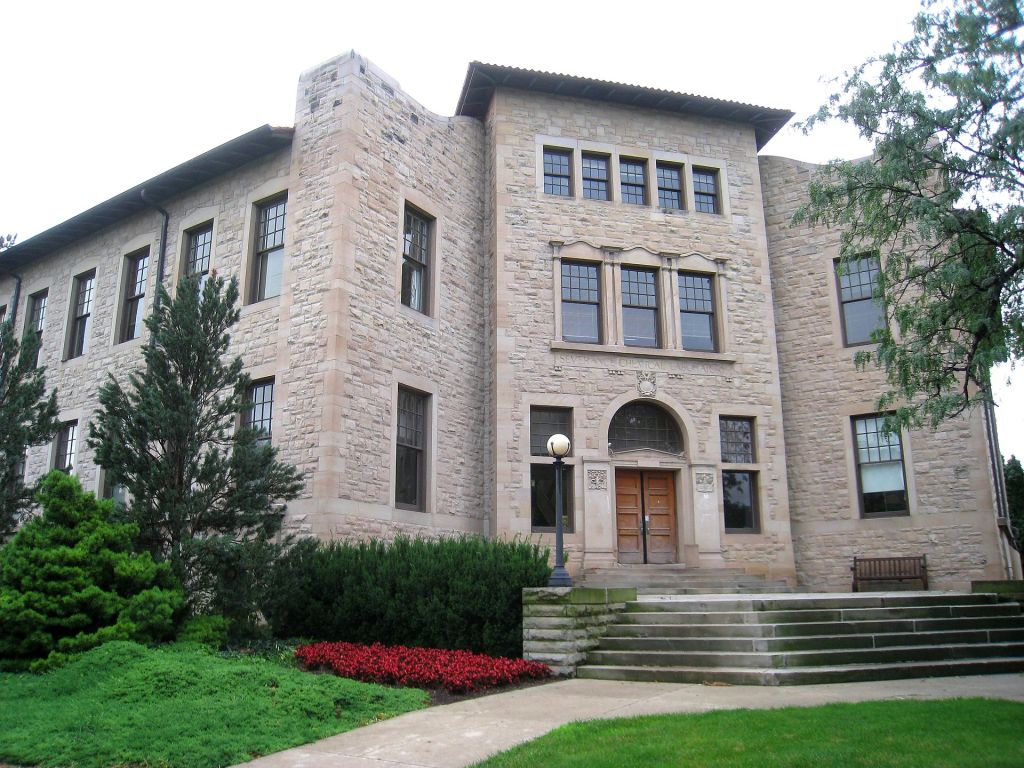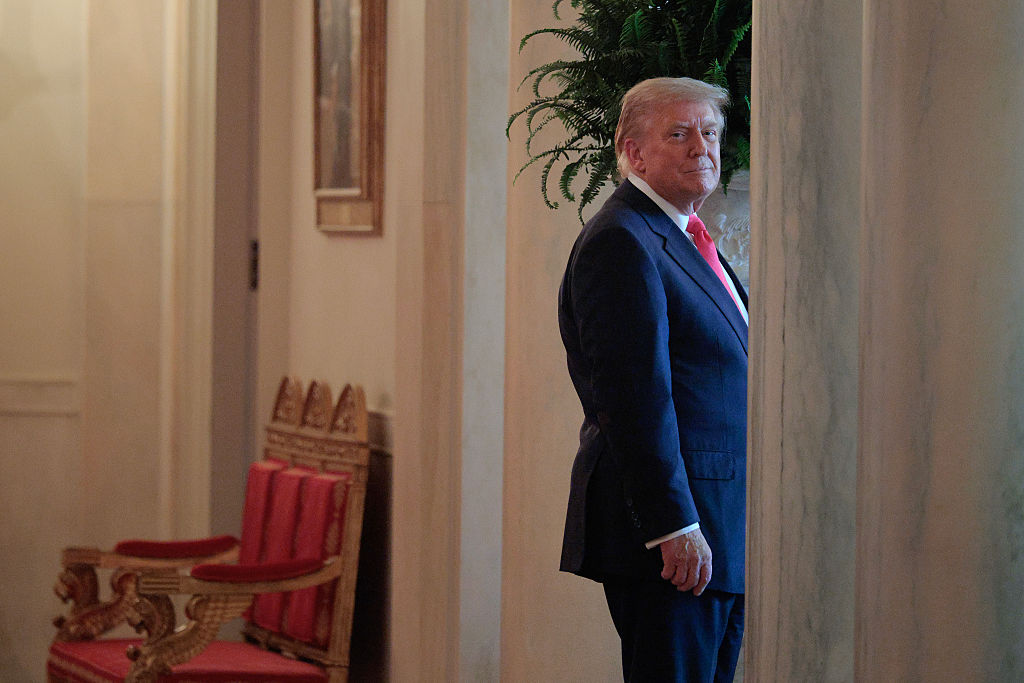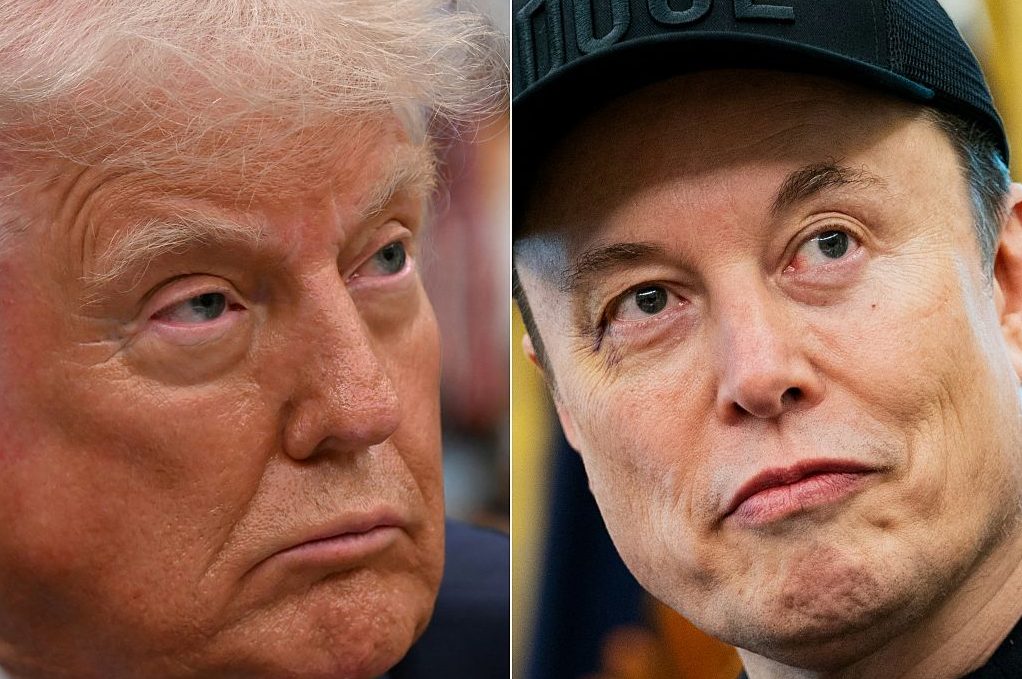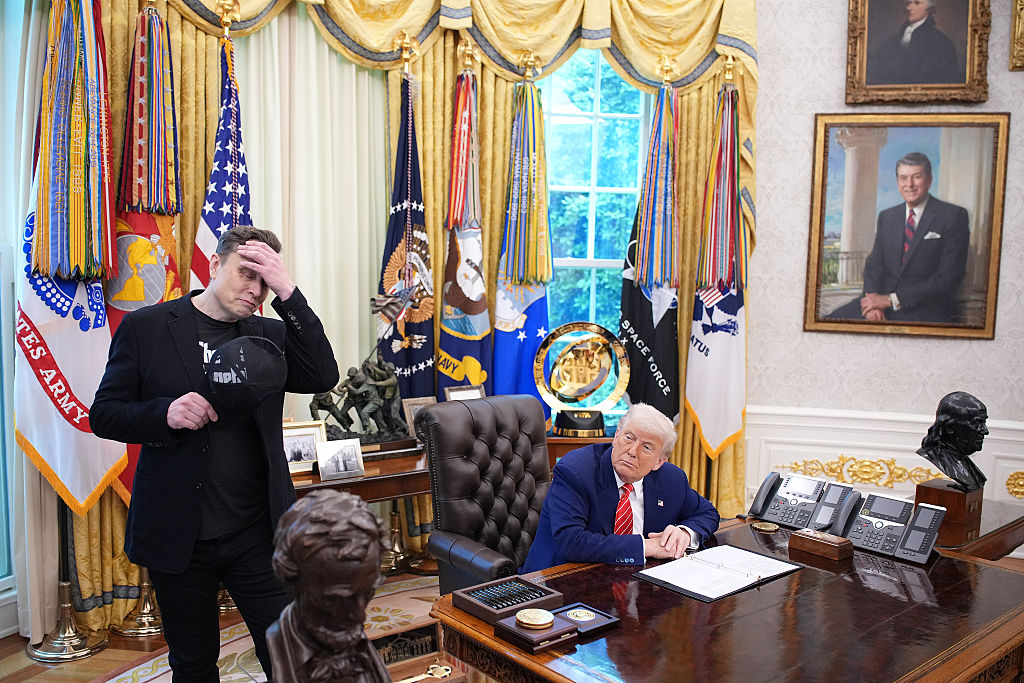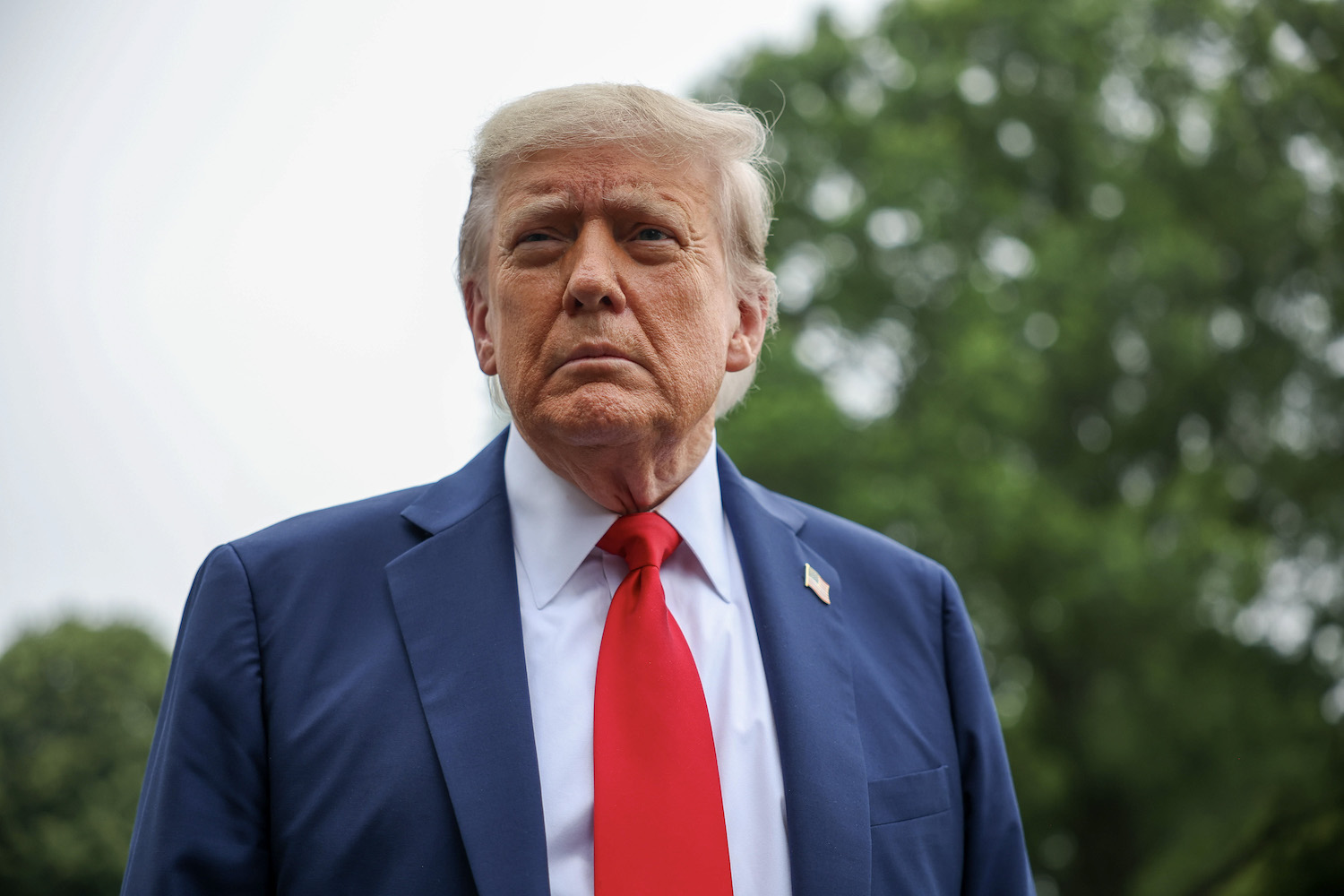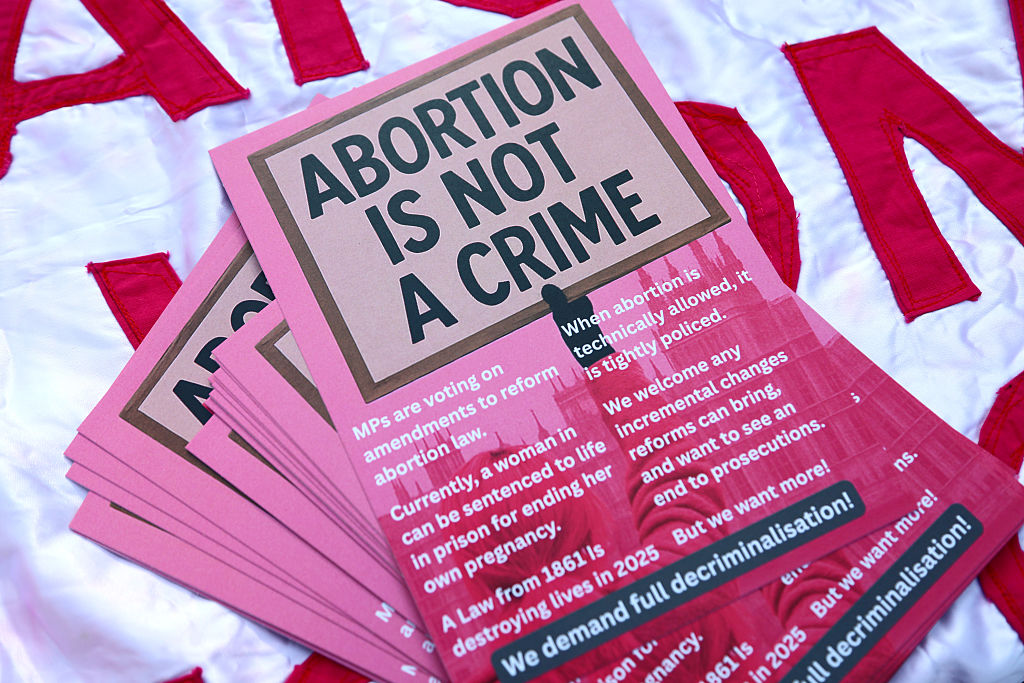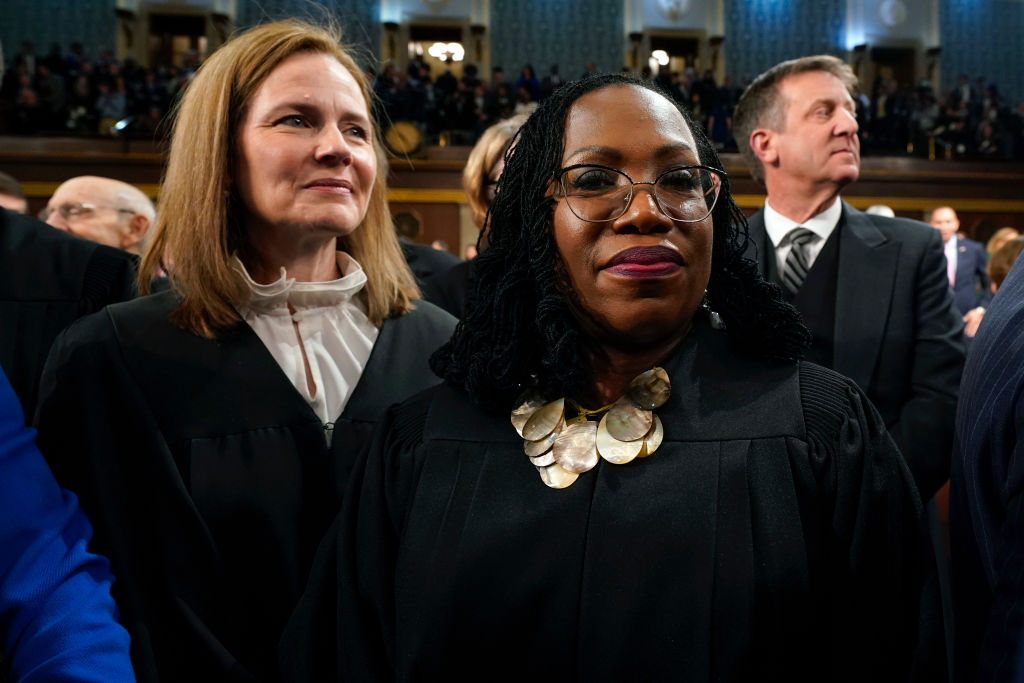Three black college students were arrested for shoplifting, and a culture war erupted at Oberlin College in Ohio. After six years of legal wrangling, ultra-liberal Oberlin recently lost, and now owes $33 million in damages to the surviving white people (two additional plaintiffs died of old age while the trial dragged on) who own the bakery it defamed over racial issues.
It was 2016 and Donald Trump had just been elected president. Everyone was certain that Trump’s victory was the End of Democracy and was anxious to claim their victimhood in the New Order.
Enter Oberlin College, arguably the most socially liberal school in America. Students protested the inauthenticity of food at the school’s Afrikan (sic) Heritage House and complained that the cafeteria sushi and bánh mì were prepared with the wrong ingredients. There was scrutiny of the curriculum, and a student wanted trigger warnings on Antigone. African-American students wrote a letter to the school’s president with 50 non-negotiable demands for change in Oberlin’s admissions and personnel policies. All this was seen — in 2016 — as well and good. Such were the times.
Then, on November 9, 2016 (the day after Trump was elected), three black students from Oberlin College were arrested for attempting to steal wine from nearby Gibson’s Bakery. The shop was as much a part of the traditional Oberlin scene as the statues and college green. The white owner confronted one student, who ran from the store. Outside, the owner detained him, and while waiting for the police was attacked by two other black students. The students eventually entered guilty pleas, and were convicted. They read statements recanting allegations of racism against Gibson’s. Nothing connected the theft with Trump or racism except…racism.
Upon hearing of the arrest, Oberlin’s Student Senate immediately declared the incident a case of racial profiling, and without investigating passed a resolution calling for a boycott of the bakery. The college’s administration sent an email to students implying that Gibson’s had discriminated against on the basis of race. Then-dean of students Meredith Raimondo (she’s now vice president for student affairs at Oglethorpe University) handed out fliers supporting the boycott at protests.
As protests kicked into high gear, Oberlin College provided a break room stocked with coffee and pizza in a nearby school building. Dean Raimondo agreed to reimburse a student for money spent on gloves given to protesters to combat the cold weather. Raimondo made the college’s distributor cut off food from the bakery. Gibson’s business suffered.
The problem was that the bakery did not racially profile anyone. The students had been shoplifting. The college acted against the bakery (“tortious interference with the business relationship,” said the court) based on nothing but its underlying anger over Trump’s election. After some weak efforts to claim protection under the First Amendment (the legality of the protests themselves was not in question), demand a mistrial, and blame everything on the students alone, the College dragged out the case for so long that two of the Gibson’s owners died while waiting for the verdict.
The case eventually ended up at the Ohio Court of Appeals, which knew a textbook defamation case when it saw one, and quickly fined Oberlin College $33 million in damages. Oberlin can but has not yet appealed that decision. It was left to Ohio Attorney General Dave Yost to tweet that the ruling represented “The cost of woke.” He was mocked on Twitter, of course.
As knee-jerk reactions driven by an anti-Trump political agenda were a mark of the Trump administration years themselves, so will defamation lawsuits, like the one with Oberlin, be a symbol of the post-Trump era.
Defamation is a statement which injures a third party’s reputation, either as libel (written statements) or slander (spoken statements). Proving defamation requires showing four things: 1) a false statement purporting to be fact (Gibson Bakery is racist); 2) publication or communication of that statement to a third person (the fliers and protests); 3) fault (e.g., intent) amounting to at least negligence (Oberlin ignored the shoplifters’ guilty pleas and other facts regarding the underlying crime); and 4) damages (Gibson lost business).
The most likely source of defamation today is the media, given their reach via “publication.” So why aren’t there more defamation suits? The courts in the US traditionally set the bar high to preserve the 1A’s duty to constitutionally protected opinion. Historically the courts have also granted leeway to anyone, journalist or not, who appears to defame public figures. The idea is that if you put yourself out there, you’re expected to take a few slings and arrows. This is what allows tabloids like the National Enquirer to get away with making up stories about celebrities as their mission statement. But defamation as a business practice was once upon a time what bottom feeders did, not regular practice for the media of record and college deans.
Things may be changing given our free-for-all media environment which relies on defamation to generate clicks. In addition to the big-money Oberlin case, two years ago Covington’s Nick Sandmann successfully sued CNN for defamation for an alleged $25 million. The media falsely accused Sandmann of racism on the National Mall when he and some fellow high school students were confronted by actual racists.
Sandmann’s suit charged that CNN journalists “maintained a well-known and easily documented biased agenda against President Donald Trump and established a history of impugning individuals perceived to be supporters of the president.” They asserted that CNN and others would have “known the statements to be untrue had they undertaken any reasonable efforts to verify their accuracy before publication.” In other words, they should have committed journalism, the finding of facts, in lieu of packaging what was actually nothing at all into a steamy piece that fit an existing agenda.
In another example, John Paul Mac Isaac came to own Biden’s laptop after the president’s son abandoned it in his repair shop in April 2019. The shop owner recently filed a defamation suit against the Daily Beast, CNN, and Politico, seeking at least $1 million in compensatory and an unspecified amount in punitive damages. Those media outlets claimed that Isaac was a liar who stole Biden’s laptop. Elsewhere, Kyle Rittenhouse plans a massive defamation suit against Facebook and others.
The mindset of 2016 seems so long ago, when AOC, Michael Avenatti, and Andrew Cuomo were thought of as likely presidential candidates. Yet justice grinds on. Just check with those who have to pay for it at Oberlin College.



